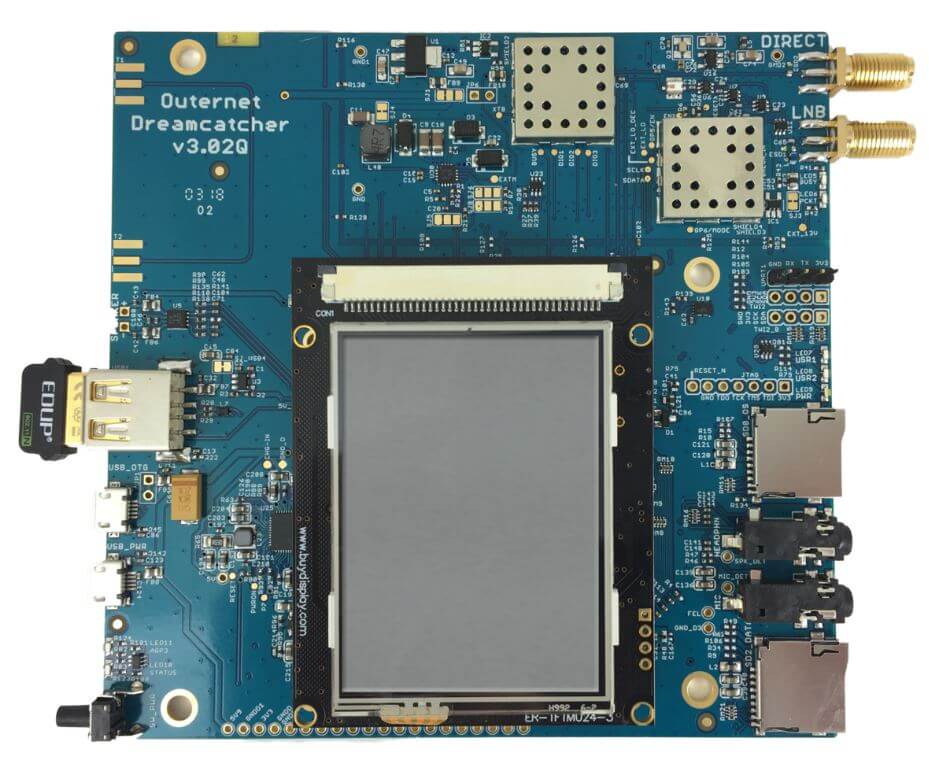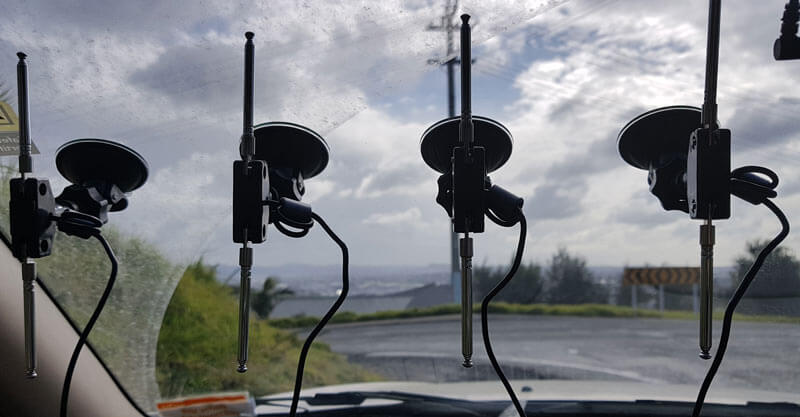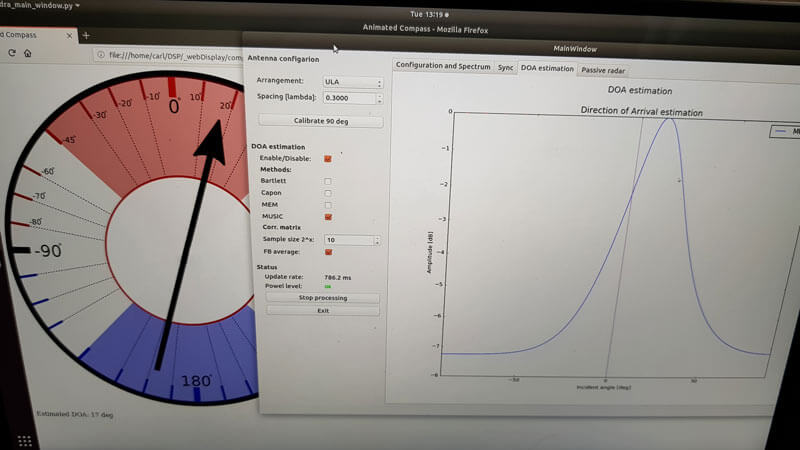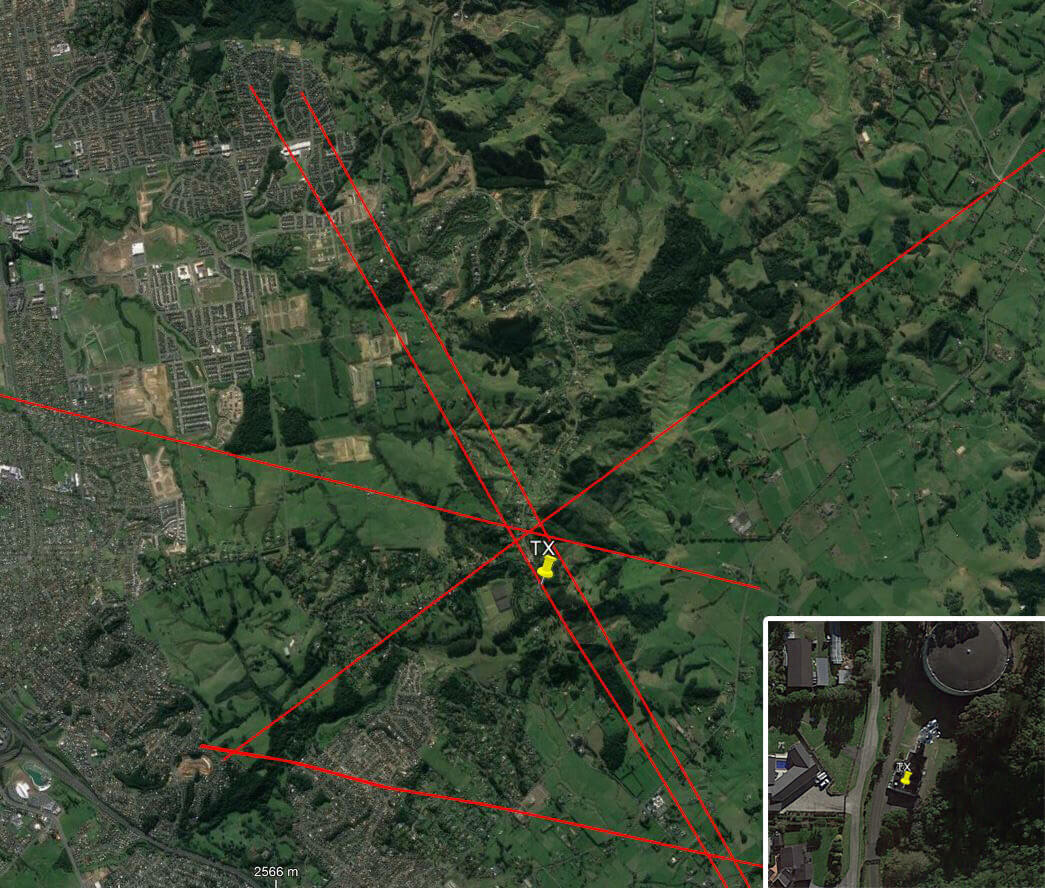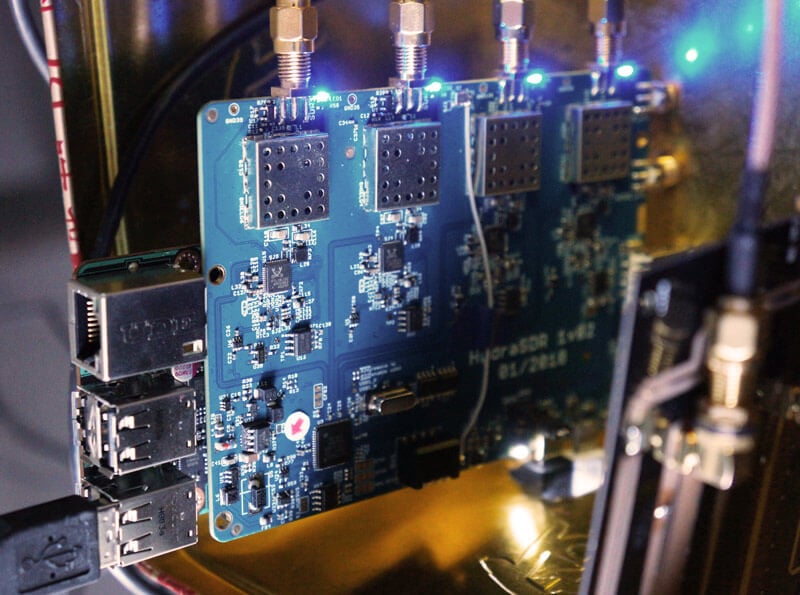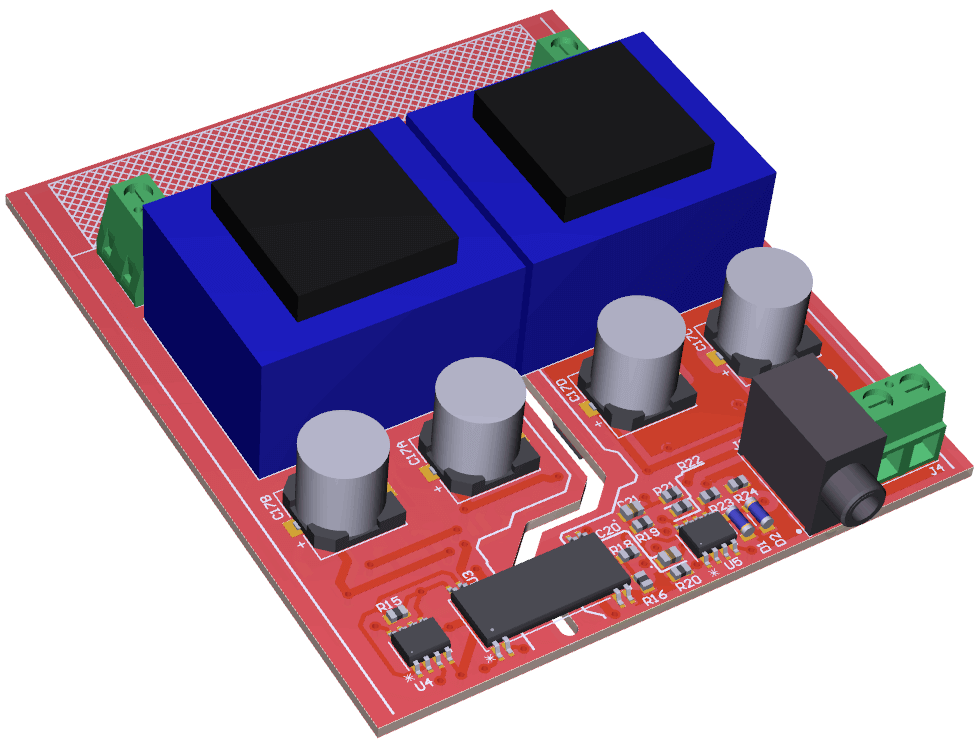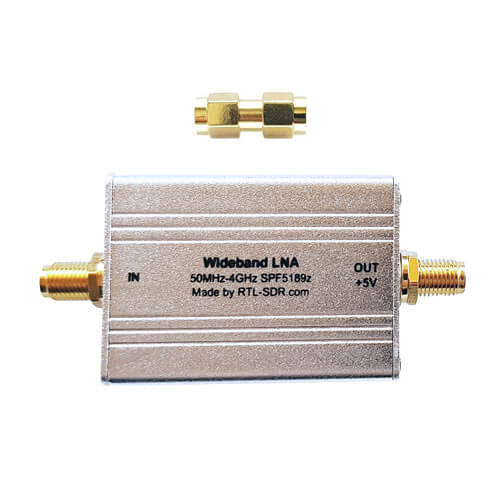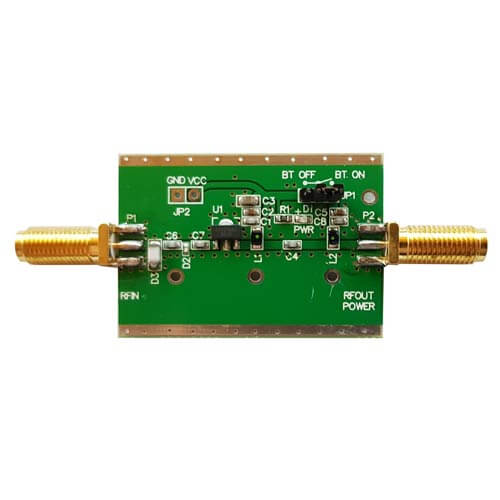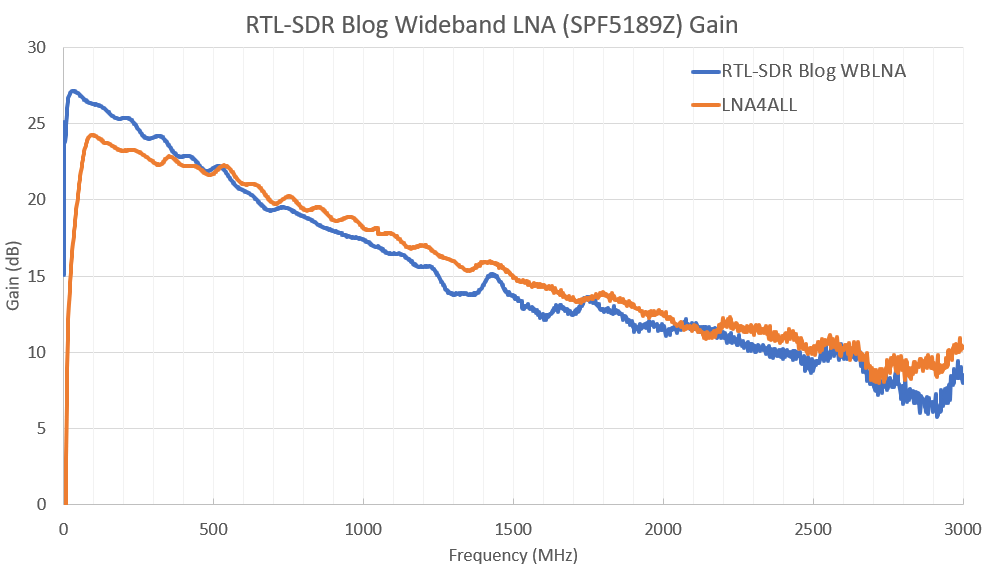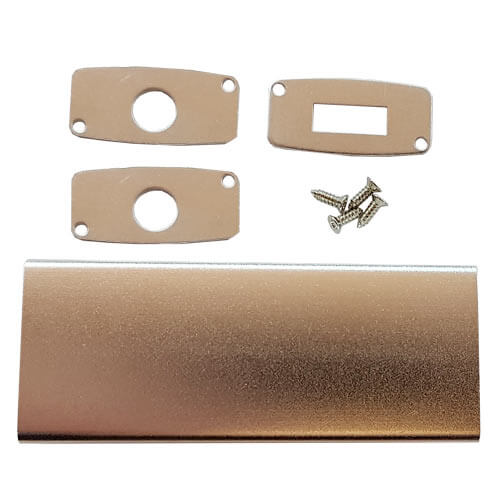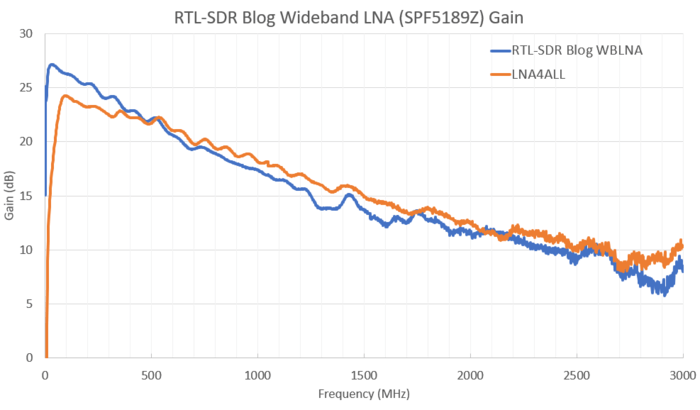RadarBox24 Release their XRange RTL-SDR ADS-B Receiver
The team at radarbox24.com recently wrote in and wanted to share some new developments including news about their recently released RadarBox XRange receiver, which is an RTL-SDR based ADS-B receiver. Radarbox24 are an ADS-B aggregation flight tracking website, similar to sites like flightaware.com and flightradar24.com.
The RadarBox XRange receiver costs $649.95 USD and is available on their store. The box appears to include a full computing unit as well as a custom RTL-SDR receiver, and a built in filter and LNA as well. It is sold as a set that includes receiver, power supply, antenna and cabling. Compared to setting up an ADS-B receiver on your own by purchasing an RTL-SDR, ADS-B LNA/Filter, Antenna and Raspberry Pi separately, the XRange is well over three times more expensive. But it may have some value as an easy to set up and ready to go ADS-B receive system. They write:
1- We have release the brand new RadarBox app for iOS and Android where data sharers are able to see what what their own stations receive using the MyStation feature.
2- We've released the brand new RadarBox XRange receiver, RTL SDR based whcih is being sold and placed all over the world to increase network coverage.
3- Our RadarBox24.com flight tracking portal reached 3 millions viewers per month and, together with our apps, is growing really fast by providing an easy way for Raspberry Pi owners or users with our XRange and Micro RadarBox receivers to share flight data with us and benefit from a free Business account.
More information:
- Link to our Store where users can buy the XRange receiver and accessories below:
https://www.radarbox24.com/store- Link to a real-time listing of newly added stations (Raspberry pi, XRange and all other supported receivers)
https://www.radarbox24.com/stations/new-units- Link for users to install our software on their Raspberry Pi receivers and start sharing data with us (we get up to 5 new added units added to our network daily):
https://www.radarbox24.com/raspberry-pi- Link to our worldwide station ranking:
https://www.radarbox24.com/stations- Link to our MyStation, available to data sharers, where they can monitor their own station aircraft, stats and received aircraft listing:
Example for Texas, US: https://www.radarbox24.com/stations/EXTRPI009148
Example for Sweden: https://www.radarbox24.com/stations/EXTRPI006084
Example for Doha Qatar: https://www.radarbox24.com/stations/PGANRB300567- The MyStation feature is also available on the Android and iOS apps so users can monitor their stations remotely.


